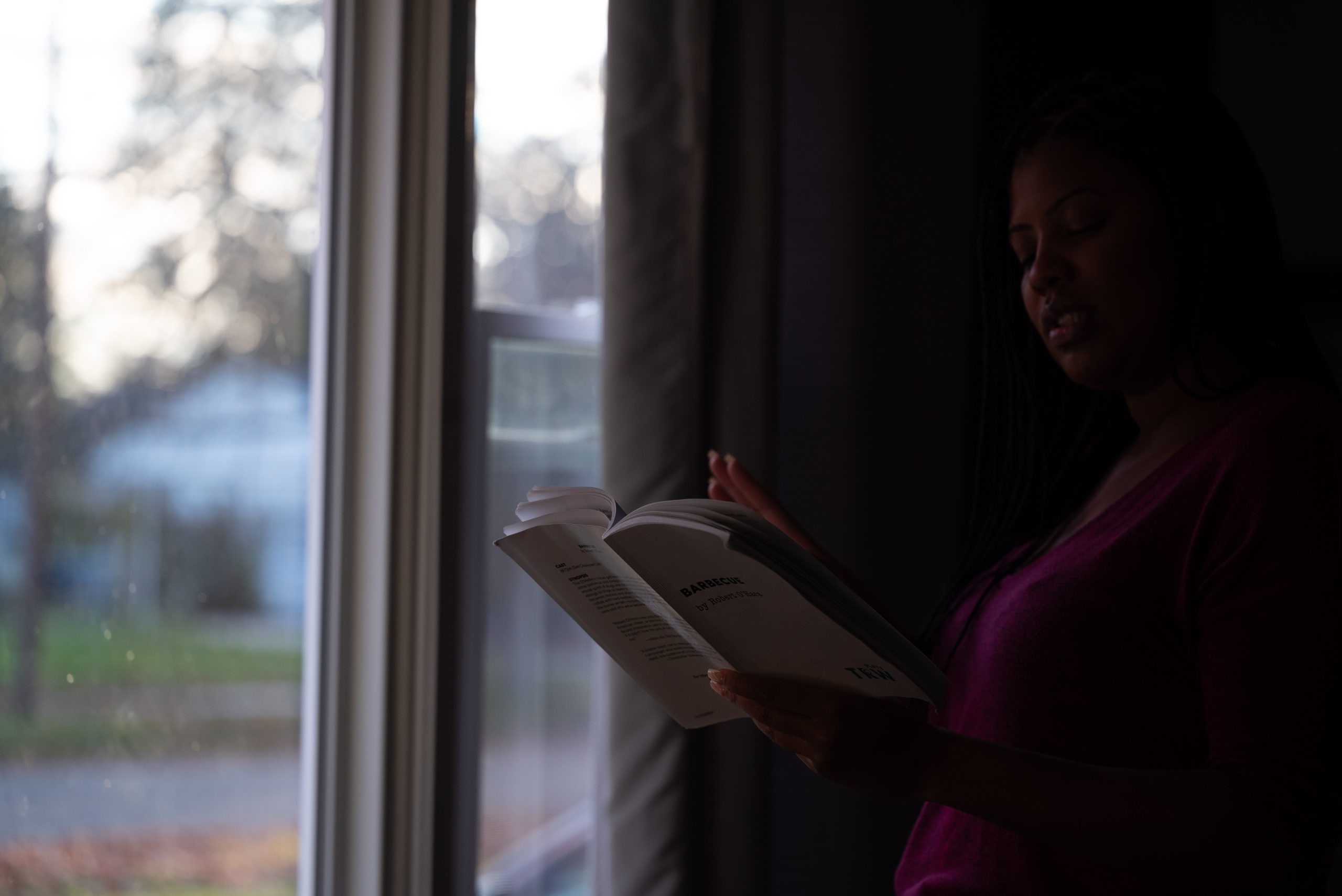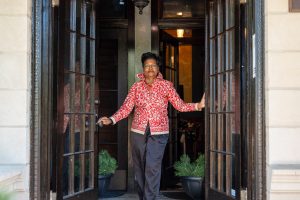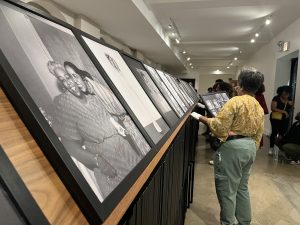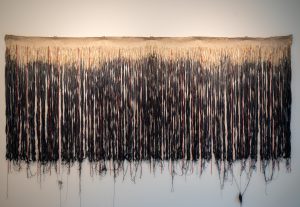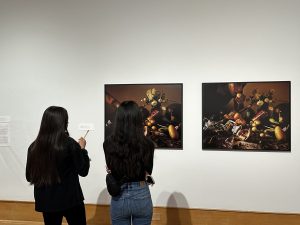Where me and Alyssa Laney, a friend from Loy Norrix High School, grew up, the public school system reinforced that the only viable option to avoid poverty was to get a college degree where you could make “good” money… all while ignoring the fact that at least 1 in 3 families were then living below the federal poverty level in Kalamazoo, MI, certainly not making enough to send a child to college.
In 2005, The Kalamazoo Promise was created by a group of anonymous donors for K-12 graduates of Kalamazoo Public Schools to receive a tuition scholarship towards their first four year degree. Our teachers, guidance counselors, and parents still pushed us towards what they considered practical degrees. We could dream big, and still they limited us.
As we now know, a degree doesn’t guarantee upward mobility, especially not for Black women, who tend to pursue advanced degrees at a higher rate than their peers yet are extremely underpaid. In fact, Black women won’t reach equal pay day to today’s white men until the year of 2144. Moreover, the lack of Equal Pay Day data for LGBTQIA+ populations obscures the real-world pay disparity for those who are Black or Brown AND queer, trans, or gender nonconforming. A population that includes myself.
While Alyssa and I parted ways after high school to attend different colleges. The brainwashing had already been done. We both received full aid from The Promise, yet we still hardly colored outside the lines. I began school at Michigan State University as a molecular genetics major; Alyssa went to Western Michigan University to study exercise science.
Toward the end of my first year, I decided to switch my major to Spanish. It’d be the first time I took ownership of my life instead of doing what my family wanted. In 2019, I hit another block after I moved to Chicago: the degrees, language skills, and experience—which I was told would elevate me financially—did not. This prompted me to think about the life I wanted beyond what society has told me to do. So, I picked up a camera that had been collecting dust and started shooting self-portraits.
Where I chose photographs, Alyssa chose acting just last year. Noticing the parallels between us, I thought to ask her some questions about coming to art “late.” Here are a few images of my first self portrait session. It represents the things I lost in my life symbolized by light.
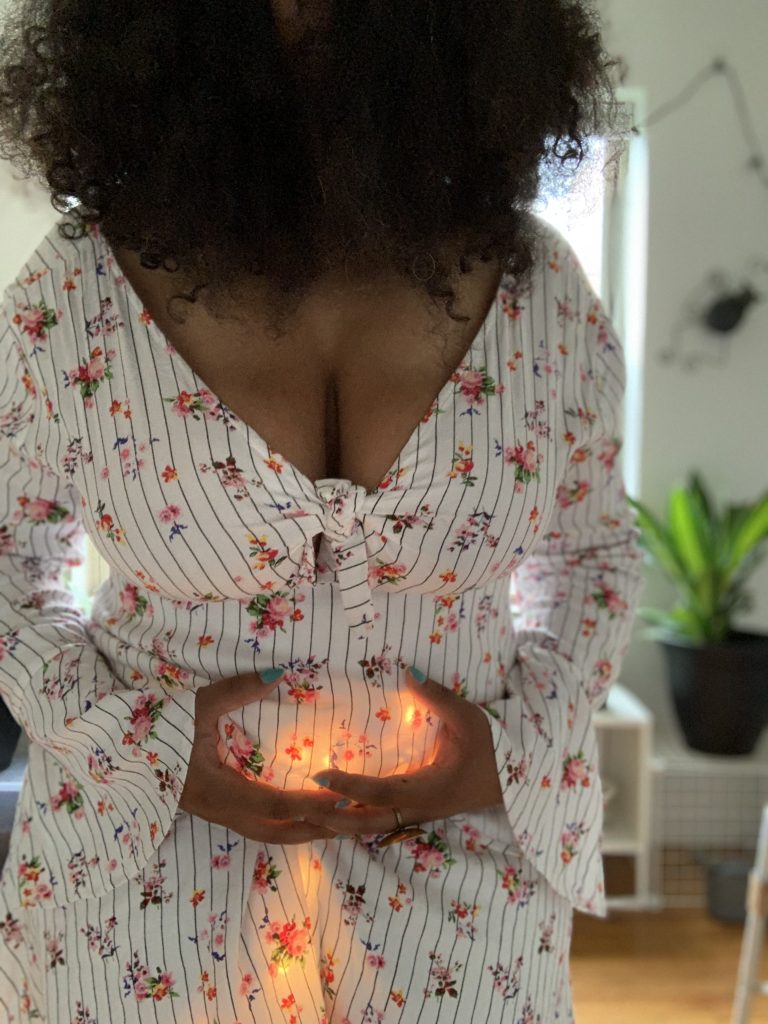
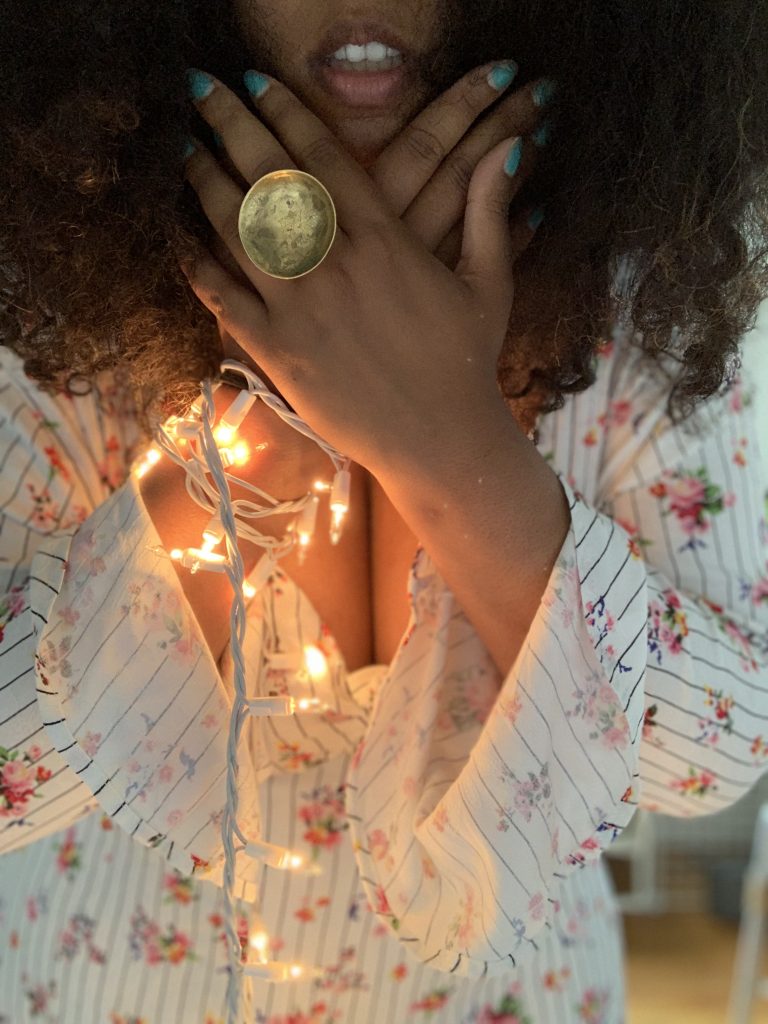
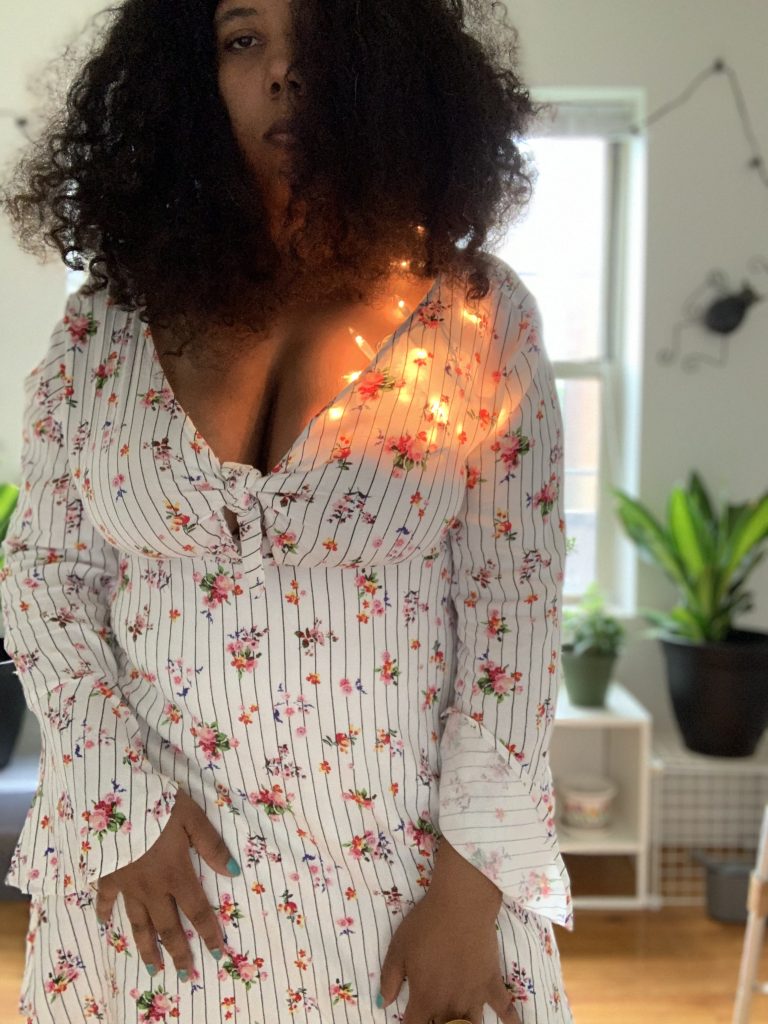
Tonal Simmons: So, I am curious if you remember your first play. As a writer myself, I remember the first piece that I wrote. It was a poem for my mom on Mother’s Day. It even won me a prize that I gifted to her for the holiday. I think about the act of writing that poem often. Can you describe the first play you were in and how that felt?
Alyssa Laney: I went to Lincoln in the fourth grade, and I got a small part in “The Wizard of Oz.” I had one line and in the end, I was like, ‘This is fun;’ I had fun. The following year, though, something happened where I missed the audition. So, I got placed in the choir, which wasn’t as fun. I got added on because I was in the play the previous year. After that, I dealt with a lot of bullying and self-confidence issues. There was so much going on during those years and it was something I always wanted to do in high school. I remember seeing [our classmate] Anthony doing different plays, and [after] one of them, just been like, I wish I had the confidence to do that; to, like, stand in front of a bunch of people staring at me, and just giving my all—but, like, I didn’t feel like I had that.
A year ago, my cousin Titus Kaphar whose film, Exhibiting Forgiveness, I was in earlier this year, was here for the holidays. My mom had talked about him doing this film about our family and his mom, whom I favored. He said, “Let’s do a reading.”
So, I am standing before my whole family during Thanksgiving trying to read the script he handed me. It was awful, I was sweating heavily, and I felt so nervous. After that, he asked me to send in an actual audition tape. So, I did, and that’s when I was like, ‘I could really do this.’
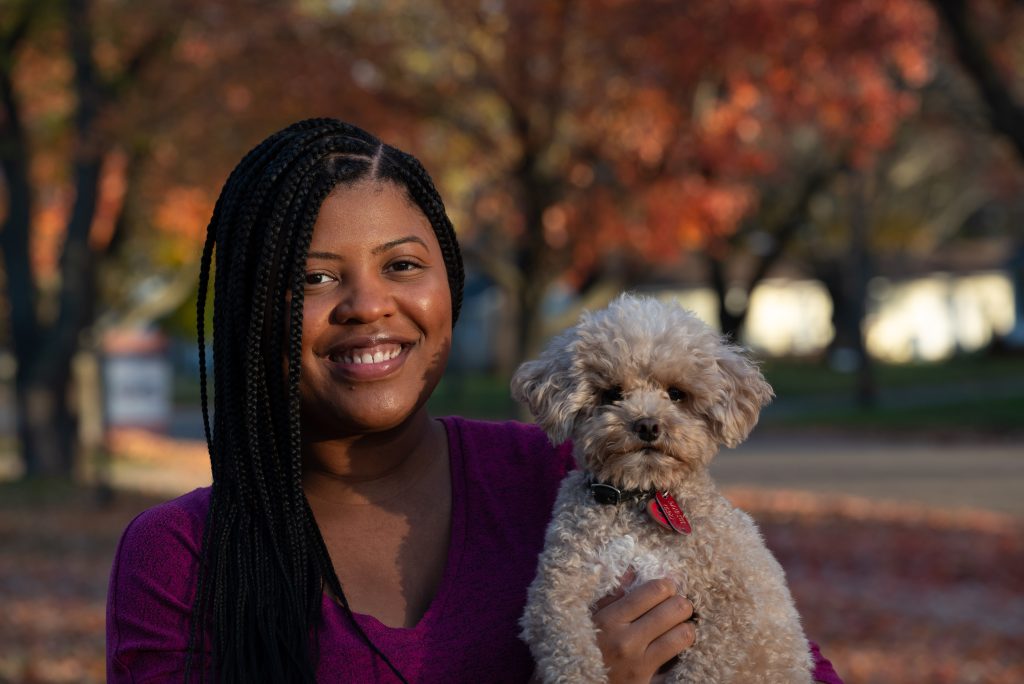
TS: I bet that was nerve-wracking! It’s always so interesting when people are like, ‘can you show us your insert-craft right now?’ So, do you remember your first line [from “The Wizard of Oz”]?
AL: Okay, I was a talking flower. Basically, I had to tell Dorothy which way to go, like, “Follow the yellow brick road that way.” Or something like that; [that] was the extent [of it]. I literally just stepped forward, pointed, said my line, and stepped back.
TS: Do you remember your outfit for the play?
AL: I was dressed like a yellow sunflower with a long, red sleeve shirt and a green tutu.
TS: Oh cute! Just like the field of flowers in the movie. So did you try out again the following year?
AS: The following year, I was so hurt. I can’t remember if we were traveling or if something happened where I just wasn’t at school for auditions. And so I begged them to let me be a part of it. The only thing they could do was add me to the choir. But I started feeling like I wasn’t a singer—I’m not a singer—so, it was not fun.
TS: I can relate to that. It’s like you enjoy art, but only certain parts you feel comfortable partaking in or feel really good doing. Those are the areas where we should explore! So, tell me: how was it playing someone in your family and in a movie produced by your family?
AL: So, that’s what I auditioned for. That did not happen. But my cousin gave me two weeks to learn this part. For those two weeks, I was up until almost 1 or 2 am. I was practicing recording going over and over and over and over. And I got so much life out of doing that! It was just so much fun. I look up and it’s 2 am and I’m not tired. I didn’t feel exhausted and so, after work, I kept going.
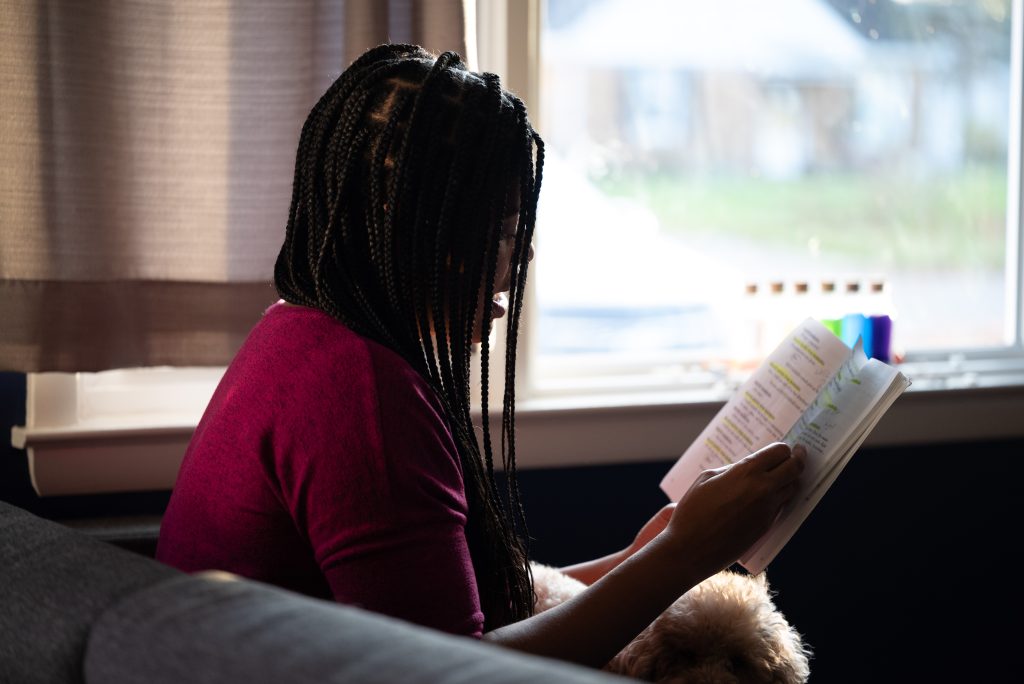
AL: That’s another reason why I told myself I have to continue this. Within those two weeks, I put together the audition tape and sent it to him. The same night, he calls me and tells me, “First and foremost, let me say this, this is the most powerful audition tape I’ve seen someone put together in such a short amount of time. You have natural talent. It just needs to be refined. You need to go to classes, but the talent is there. And I need you to know that.” Then he challenged me to find stuff around Kalamazoo where I could learn and get involved. He told me if I did that, he would find a place for me in his movie.
From February to May, that’s what I did. By June, he was filming in New York and New Jersey.
At the end of the movie, [there] is a scene in a gallery where for about five to 10 seconds it’s just me in the frame. I am only a background person, but that’s not how it started. I took all of his advice and I did it all. He’s going to be at my first show, front row.
TS: That’s a full-circle moment. It’s funny how one thing can start one way and end another. Especially in the creative world when you are starting out. First, you are like I don’t really know that I can be here. Or that it would take me as long as I thought. At least that’s how I feel. It makes you wonder, where can you go from here?
AL: Yes! In a matter of a year! I never thought this time last year, when he came for Thanksgiving, that a year later, I’d be on a movie set. My cousin moved forward [with] Aunjanue Ellis-Taylor for the role though. However, I was able to talk to the actors in the [movie] and transition [from] that to theater, being able to show everything that I’ve been learning. It’s been a phenomenal year. A big year from where I started!
TS: Yes, a big year indeed! Honestly, I felt like what I have learned, seen, and experienced as a photographer would take me longer to get here. And still, I have so many more places to go.
So, your cousin gave you some advice to take classes and learn more about art, production, theater, acting, etc. In preparing to audition for roles, what classes did you take and where? I am curious if you went back to school or if you took classes at a community center.
AL: Honestly, all the classes I took were at the Civic Theatre, and within a matter of two months. They offer, like, ‘mastering the monologue’-type classes, acting essentials like acting basics, and acting for film classes. The person who taught that class was also an acting coach outside of that role, so I hired her to help me prepare. Everything has been at the Civic so that’s why it’s amazing to think about all this time I’ve put in with them and now here I am being a major role in such a pivotal type of production for them like “Barbecue” because they don’t do stuff like this.
TS: Can you explain a little bit more about what you mean?
AL: For example, they are playing “The Sound of Music” for a month straight at the Civic, but our play “Barbecue,” got two solid weekends. Then, if we perform well enough for sales, we could get an extra weekend.
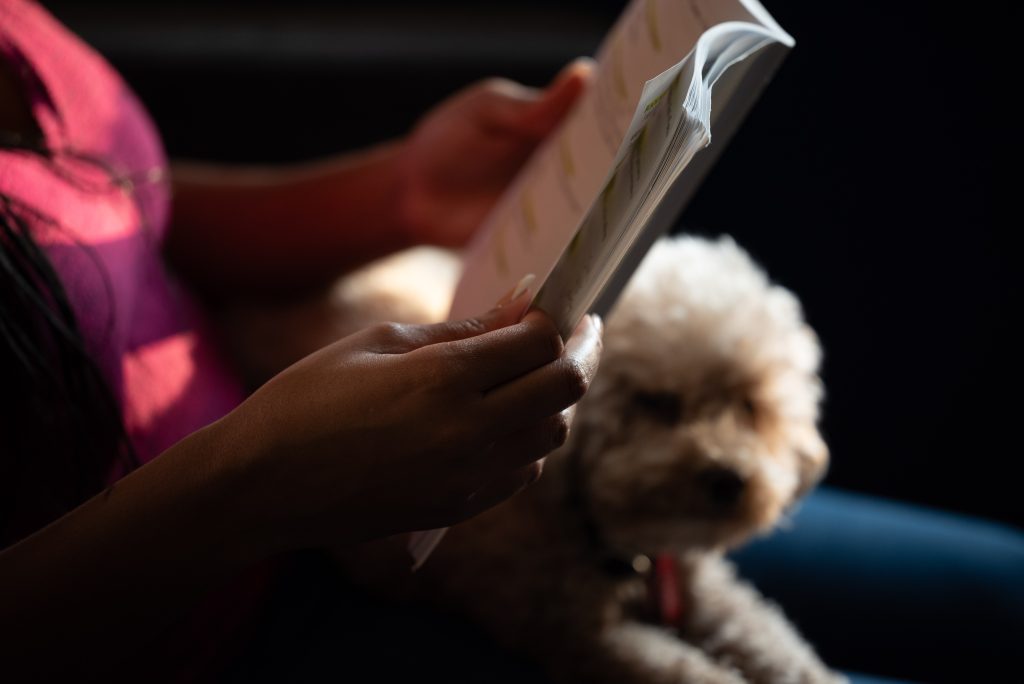
AL: “The Sound of Music” is a holiday musical and extremely popular with white people. However, this play about addiction may not be as popular. Going forward, I hope they see that there were a lot of people excited about this play in this community because it’s different. These theater companies need to be open to people playing whatever roles and putting on more diverse shows.
TS: Wow, so you only get more shows if your show does well on opening weekend. That seems to be an insufficient way to test community response, if they are even doing that sort of work, but I agree. I hope they see that people showed up to fill a theater for a second night in a row. We deserve to have full schedules similar to the historical art that keeps receiving funding.
Let’s backtrack a little, so “Barbecue,” your first [professional] theater production, how did you prepare for the role of Barbara? What challenges did you face in trying to be this person?
AL: Well, I guess I should say initially, I didn’t prepare for this role. It was not the role I auditioned for. I prepared for the Marie role because she doesn’t have a ton of lines, and she’s fun or silly. That’s what I was more ready for.
So, I prepared for that role and then got this role for Barbara, the lead. I probably freaked out every day for a month, being my literal first-ever role. I was not prepared. I like coming into this and I didn’t know what to do. Then Anthony [our former classmate] was like ‘Watch “Atlanta Housewives,”’ which I liked because it’s reality TV, but it’s also acting.
I’d watch that show and then I have a book that I’m reading, “The Power of The Actor.” It’s me trying to pull everything that I learned from the classes. They all pretty much come down to the same thing: you have to let go of yourself!
For me, that was the hardest part, not allowing yourself to dictate how you play this role or this character. And people, [who] have come and saw the show, have said many times, ‘That’s not you! Like, that’s the opposite of who you are, or who we know you to be.’ And that’s always a good feeling!
TS: I can understand that—the feeling of when people see you. Really see your art or craft. And you can sit in that feeling of love and admiration. It’s a beautiful feeling.
Last question, as a Black woman pursuing this later in your life, what unique perspectives or experiences do you feel you’ve had to manage? And then what do you feel like you bring to the work coming into your 30s? Because we are both 32, both Black, and both began pursuing a field in arts in our 30s.
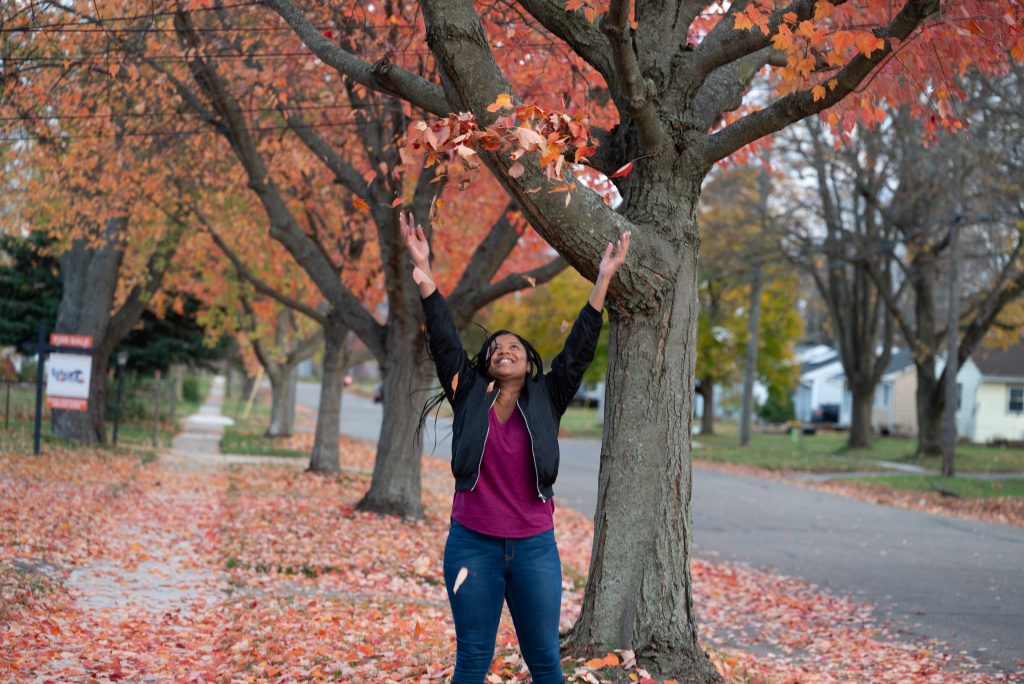
AL: I think the biggest thing is maturity. I couldn’t imagine trying to do this in our high school days, and still having an interest in other things than this, right? I am passionate about it, and I give it all the attention it needs.
I can understand the different life experiences and the best actors are the best because they pull from those experiences. So, I think, later in life, if you’re pursuing acting, you’re going to be able to identify with different roles [and] different characters more easily. I can envision different events that evoke the same feeling while playing the role of Barbara.
I just think my people bank or my experience bank is bigger, which allows me to explore different roles or characters that maybe I wouldn’t have been able to explore at 18 or 20. My focus was also very different back then. It was all about like, school, school, school, and I thought that was the answer. Now, [I] understand that life doesn’t have to be that box that I was brought up in.
TS: Exactly! We can go beyond that. We can think bigger than what we were told to go after. Well, I am proud of us, and I can’t wait to see where you are in a year from now, where we both are. This is just the beginning.
Art is created because as artists we want to express our feelings in relation to our existence in this world and how much we want to share about our lives. Part of creating art is for us individually as artists, we must create. The other part is for the art to be admired.
This conversation is between two little Black girls from a small city like Kalamazoo going after their big dreams at 30 and manifesting a full life: a life that feels worth living, worth loving. Tonal’s Corner started as a dream where I could maybe get paid to take photos. At that point, I didn’t see following my art as a powerful way to choose myself.
That dream has since blossomed into a space of reclamation and honor of my personhood. By exploring a life of art, I have been able to connect deeper with the Black art scene and find community with Black queer friends. For Alyssa, she has been able to build the confidence to stand in front of a bunch of people staring at her and give it her all; to create Black theater friendships and expand the definition of what being an actor means for her.
Reconnecting with one another honors that we are both artists, simply because we say we are.
To stay up-to-date on Alyssa’s work, you can follow her Instagram @lysslaney.
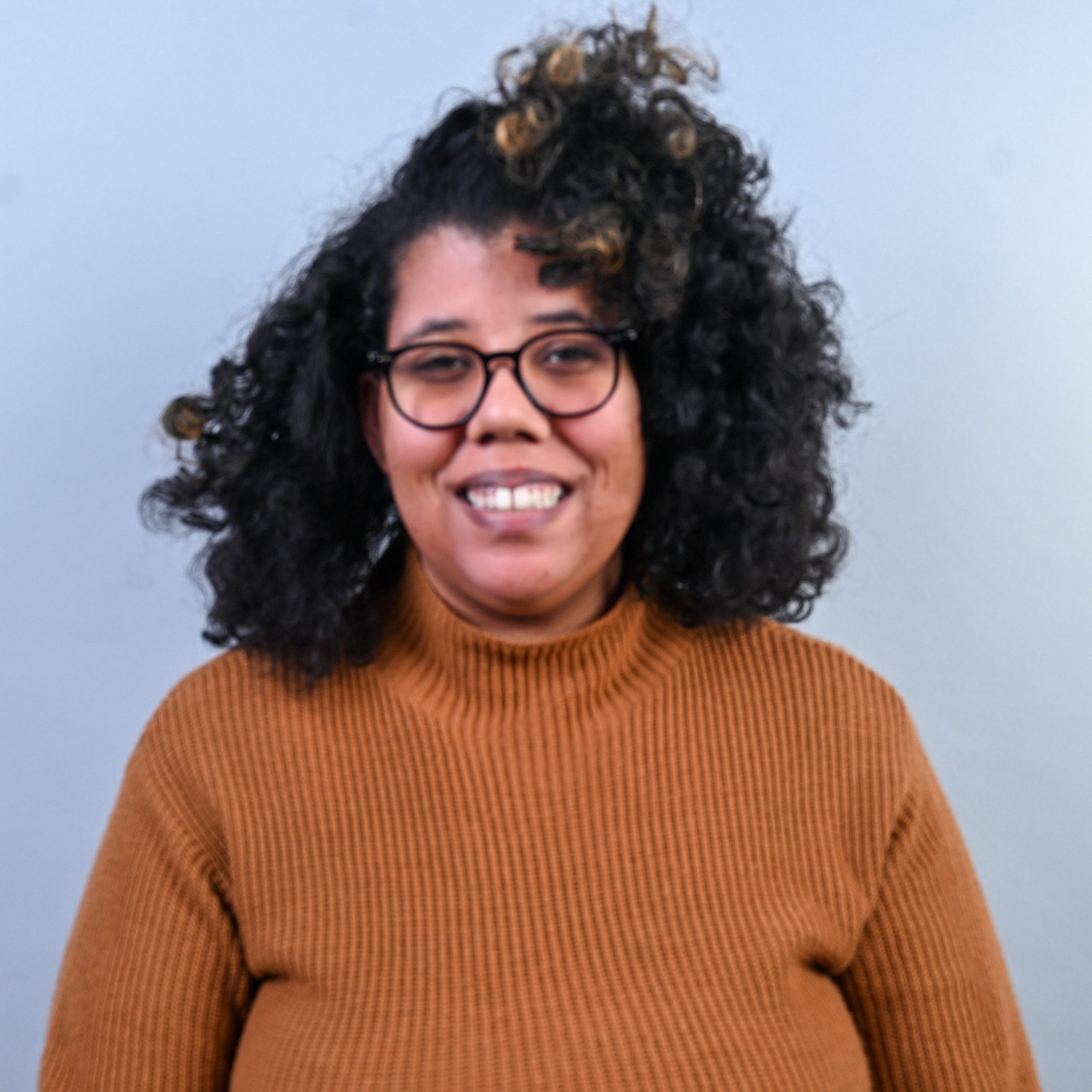
About the author & photographer: Tonal (tuh-nawl) (they/them), is a bi-racial Black non-binary Photographer from the Midwestern city of Kalamazoo, MI, where tall grass and even taller trees first nurtured their creative spirit. Currently based in the vibrant city of Chicago, IL, Tonal’s artistic journey is a testament to the power of self-discovery and passionate exploration through community.
Inspired by the authenticity of Chicago’s Black Queer art scene, their artistry is a symphony of colors, emotions, and storytelling, as they skillfully weave vibrant and authentic narratives of Black and Brown 2SLGBTQIA+ communities.
Their portrait work invites viewers to pause and witness the fullness of Black and Brown queer personhood in bloom.
